Gardening is a delightful journey that evolves with the seasons, offering endless opportunities to learn, create, and enjoy the beauty of nature. Whether you’re just beginning to explore the wonders of horticulture or have been tending your green sanctuary for years, DIY garden projects provide a fulfilling way to engage with your outdoor space and embrace the rhythmic changes of the year. These projects invite you to be both artist and scientist, exploring the tangible rewards of your labor while nurturing a deeper connection with the earth.
Each season brings its own unique palette of colors and challenges, from the vibrant blooms of spring to the quiet dormancy of winter. In this article, we’ll guide you through a variety of projects tailored to each season, designed to inspire and equip you with practical skills no matter your level of experience. Beginners will find simple, achievable projects that build confidence and spark curiosity, while seasoned gardeners can explore more intricate tasks that expand their expertise and creativity.
Prepare to dig your hands into the soil and embark on projects that will enrich your garden and your soul throughout the year. We will cover everything from constructing season-specific planters and crafting garden art to creating habitats for beneficial insects and designing winter-proof features. Our aim is to make gardening not just an activity, but a year-round adventure that enhances your environment and nurtures your spirit. Let’s grow together, one season at a time, transforming your garden into a dynamic space of beauty and productivity.
Spring Garden Revamp Ideas
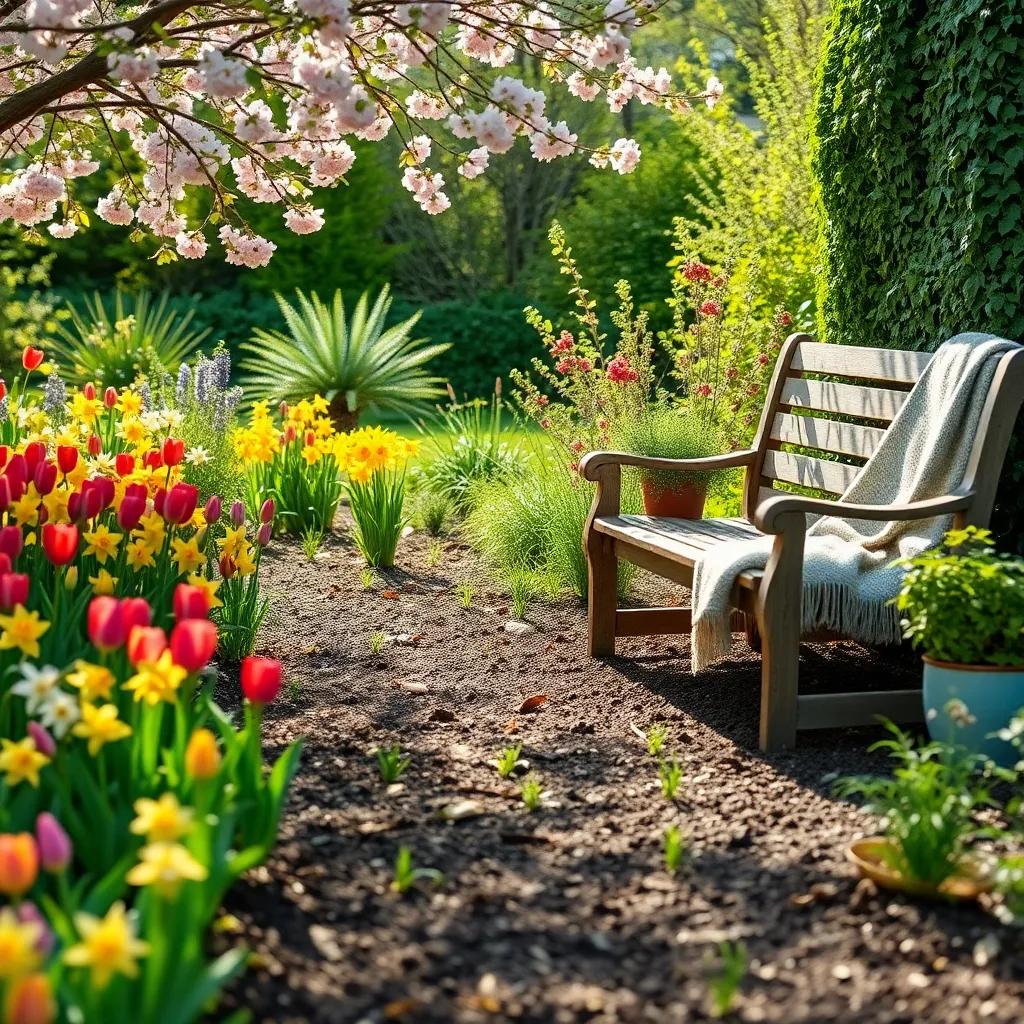
As spring arrives, it’s the perfect time to rejuvenate your garden with vibrant colors and fresh growth. Start by assessing your garden’s current state, removing any dead plants, and cleaning up debris to prepare the soil for new planting.
Consider introducing a variety of perennials to ensure long-lasting blooms throughout the season. Choose plants like lavender, coneflowers, and daylilies, which not only thrive in various climates but also attract pollinators, enhancing your garden’s ecosystem.
To enhance the soil quality, incorporate organic matter such as compost or well-rotted manure. This will improve soil structure, boost nutrient content, and increase water retention, which is crucial for plant health and growth.
For those looking to add a touch of creativity, consider building raised garden beds. This not only improves drainage and soil quality but also makes gardening more accessible and manageable, especially if you have limited space or poor soil conditions.
Summer DIY Projects for Shade
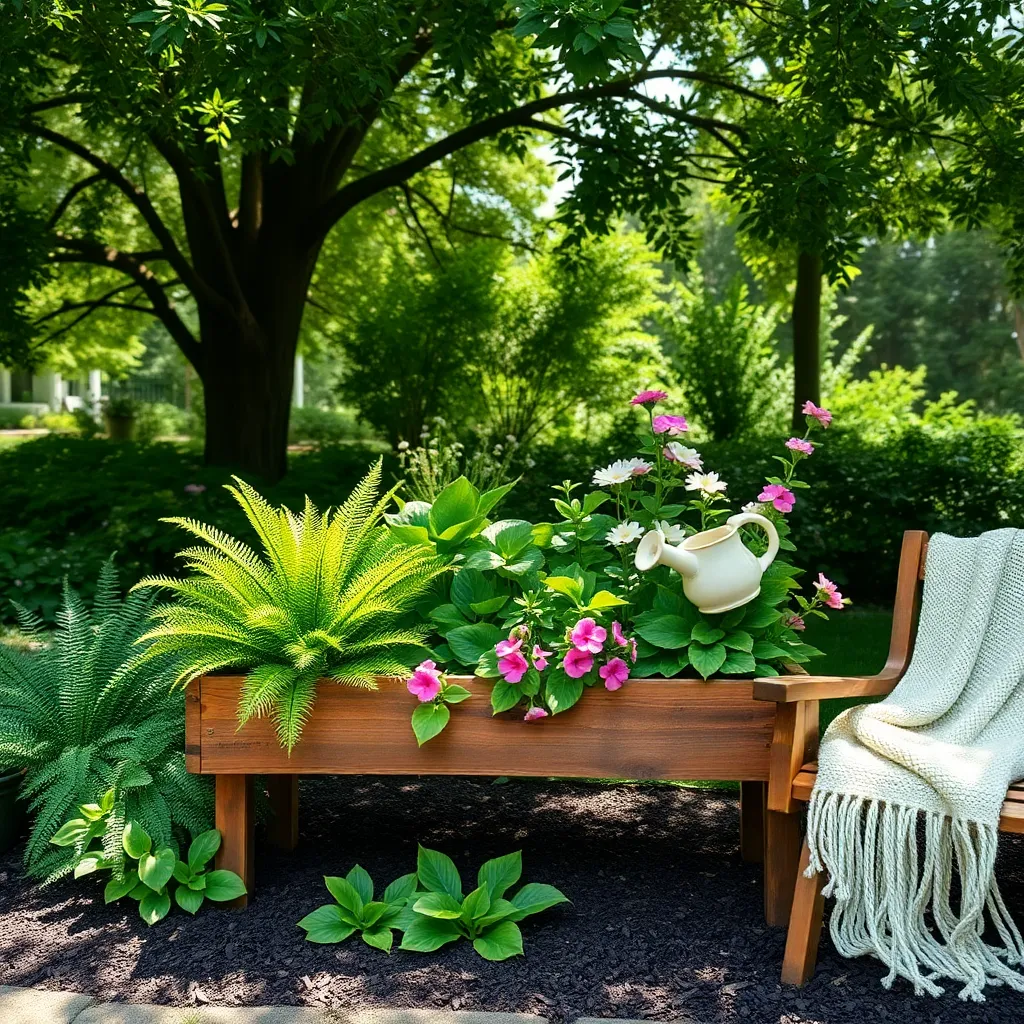
When summer arrives, it’s the perfect time to tackle DIY projects that enhance shady areas of your garden. Start by creating a cozy reading nook under a tree using a simple bench or hammock, ensuring you choose materials that are weather-resistant and durable.
Another great project is installing a small water feature, such as a birdbath or a bubbling fountain, to add a refreshing element to your shade garden. Place it strategically where it can catch dappled sunlight, encouraging birds to visit and adding a tranquil sound to the area.
Enhance your shady spaces by planting a variety of shade-loving plants, like ferns, hostas, and astilbes. These plants thrive in rich, well-drained soil and require consistent moisture to maintain their lush appearance, so consider using a layer of mulch to retain soil moisture.
For a more advanced project, consider building a vertical garden on a shaded wall using shade-tolerant plants like fuchsias and impatiens. Ensure the structure is sturdy and that you use a high-quality potting mix to support healthy root growth and adequate drainage.
Fall Harvest Decorations
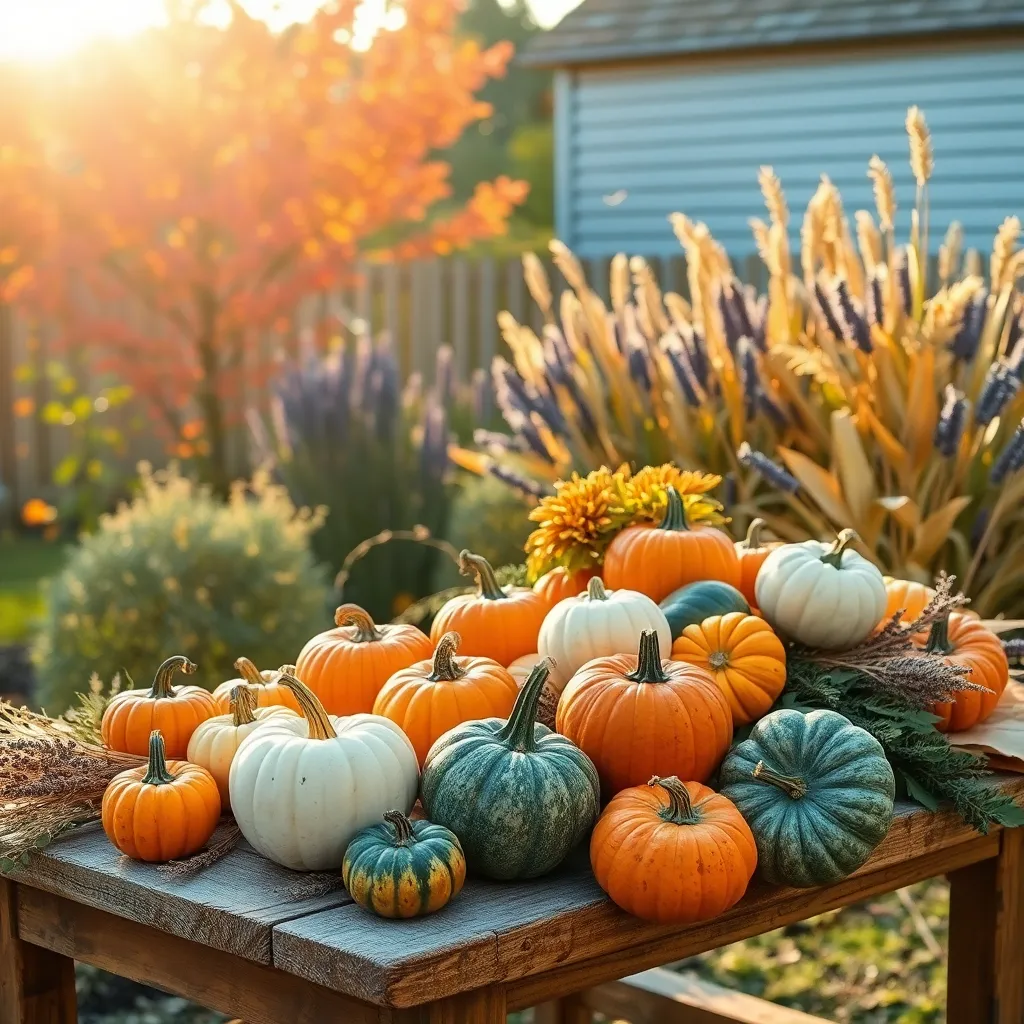
Autumn brings a bounty of natural materials perfect for crafting beautiful fall harvest decorations. Collect fallen leaves, pinecones, and dried flowers from your garden to create stunning centerpieces that capture the essence of the season.
Use ornamental gourds and pumpkins from your harvest as vibrant focal points in your displays. For a long-lasting decoration, consider painting or varnishing these gourds to extend their life beyond the season.
Combine dried corn stalks with colorful mums to create welcoming porch arrangements. Mums thrive in well-draining soil with moderate watering, making them a low-maintenance choice for autumn displays.
Advanced gardeners might enjoy weaving their own wreaths using grapevines and dried herbs. Herbs like rosemary and sage not only enhance the visual appeal but also add a pleasant fragrance to your creations.
Winter Garden Protection Tips
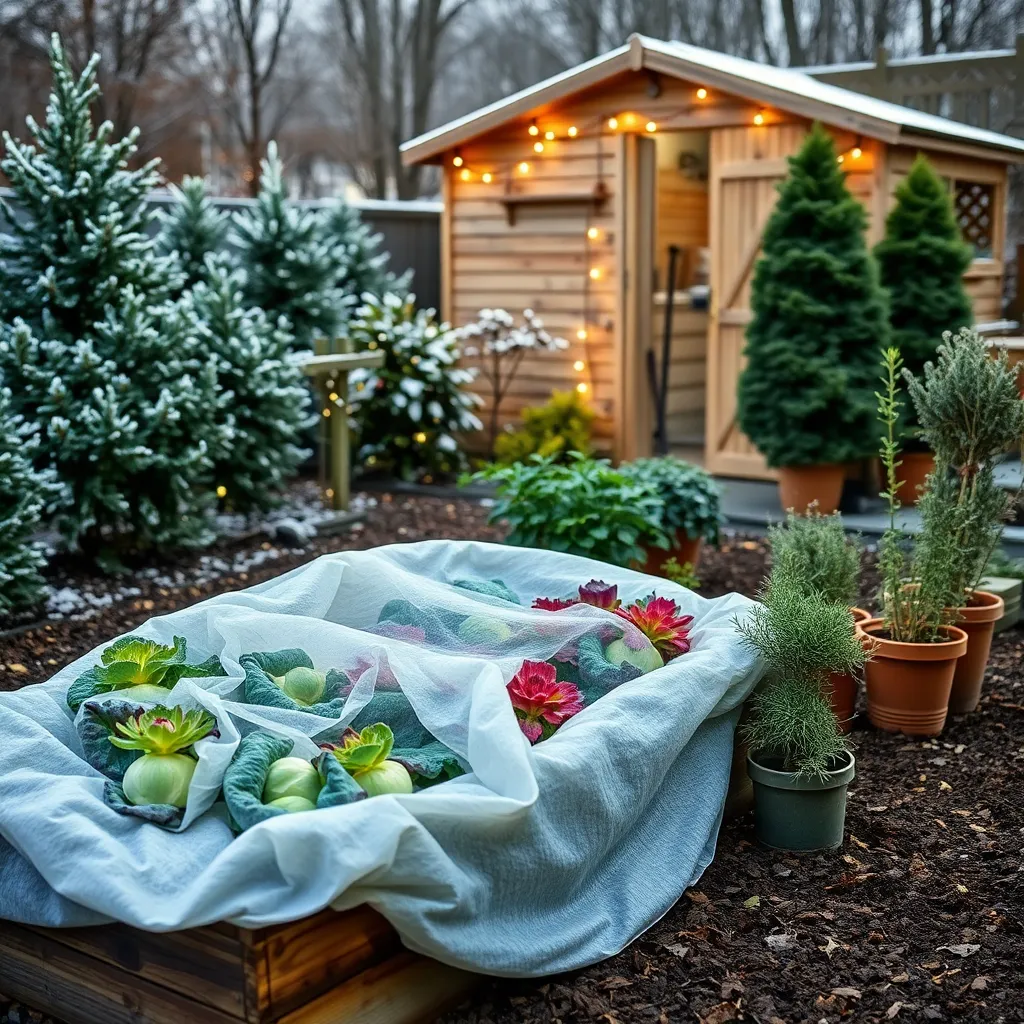
As winter approaches, protecting your garden becomes essential to ensure your plants survive the cold months ahead. One effective strategy is to apply a thick layer of mulch, such as straw or wood chips, around the base of your plants to insulate the soil and protect roots from freezing temperatures.
Consider using frost cloths or burlap to cover sensitive plants, providing them with an extra layer of protection against harsh winds and frost. Secure these coverings with stakes or rocks to prevent them from blowing away during winter storms.
For gardeners with container plants, move pots closer to your home or into a sheltered area to shield them from extreme cold. If space allows, bringing them indoors temporarily can preserve more delicate species.
Watering your plants deeply before the ground freezes can help them withstand dry winter conditions, but be cautious of overwatering. Checking soil moisture regularly and adjusting as needed ensures your plants receive adequate hydration without becoming waterlogged.
Advanced gardeners might consider using cold frames or greenhouses to extend the growing season and protect more tender plants. These structures capture solar energy, creating a microclimate that can keep plants thriving even when outdoor temperatures drop significantly.
Year-Round Sustainable Practices
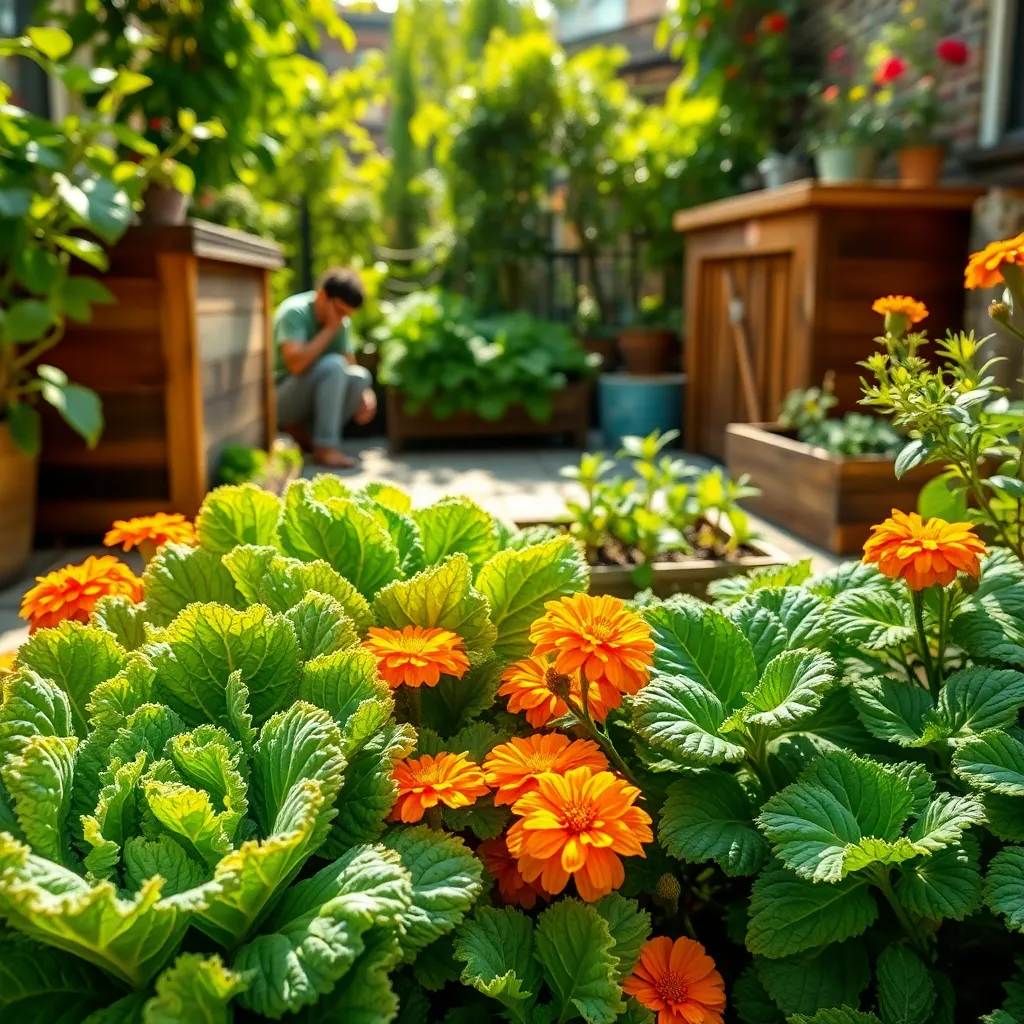
Incorporating sustainable practices into your garden not only benefits the environment but also enhances your gardening experience. One effective technique is to create a compost system, which recycles kitchen scraps and yard waste into rich, organic matter for your soil.
Begin by setting up a compost bin or pile in a shaded area of your garden. Regularly add a balanced mix of green materials like vegetable scraps and brown materials such as dried leaves, ensuring the pile remains moist but not soggy.
Rotate your crops annually to maintain soil health and reduce pest buildup. By planting different families of vegetables in the same area each year, you disrupt the lifecycle of pests and diseases that may have overwintered in the soil.
Practice water conservation by installing a rain barrel to collect rainwater from your roof. Use this water to hydrate your garden during dry spells, reducing reliance on municipal water supplies and making your garden more resilient.
- Choose drought-tolerant plants if you live in areas with limited rainfall, as they require less frequent watering.
- Mulch around your plants to retain moisture and suppress weeds, which also minimizes water usage.
Consider integrating native plants into your garden, which are well-adapted to local conditions and often require less maintenance. Native plants also provide habitat and food for local wildlife, enhancing biodiversity in your garden.
For those looking to go a step further, setting up a small greenhouse can extend your growing season and provide a controlled environment for sensitive plants. This allows you to propagate seeds early in the season and protect young plants from harsh weather conditions.
Conclusion: Growing Success with These Plants
As we explored in ‘DIY Garden Projects for Every Season,’ nurturing a garden parallels nurturing relationships through various seasons of life. First, we learned that just like gardens, relationships thrive on consistent care and attention. Second, embracing change and adapting to new growth ensures vitality. Third, creating space for each other fosters connection and understanding. Fourth, celebrating small victories strengthens the bond. Lastly, learning from past seasons equips us with wisdom for future challenges.
To put these insights into practice, consider planning a garden day with your partner or loved ones. Choose a project that aligns with the current season and work together, sowing seeds of both flora and connection.
Remember, a flourishing relationship is a lifelong journey. Bookmark this article as a touchstone, a reminder of the simple yet transformative actions you can take to nurture your personal connections. As you invest time and effort into your relationships, you are not only cultivating a garden but also a legacy of love and understanding. So, harness this inspiration and commit to a future where your relationships blossom, season after season.
